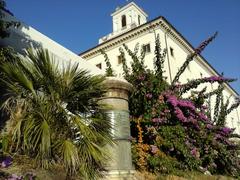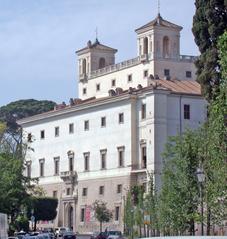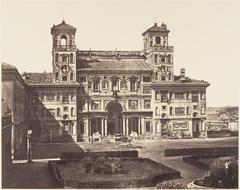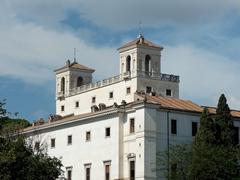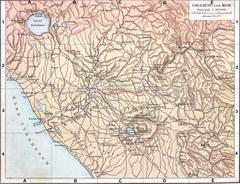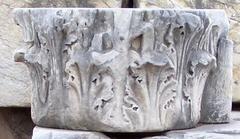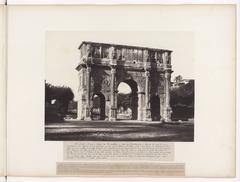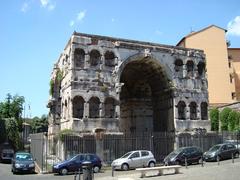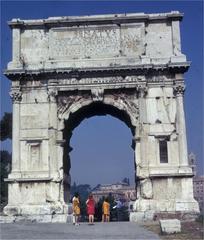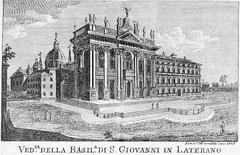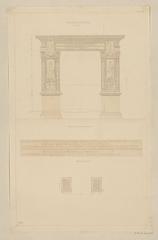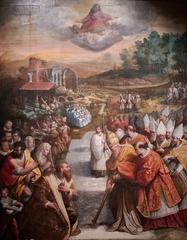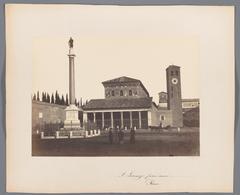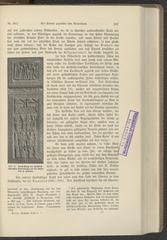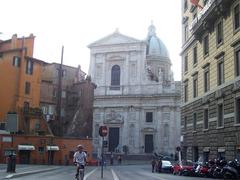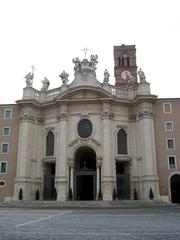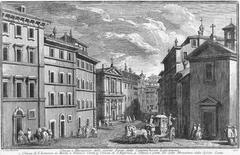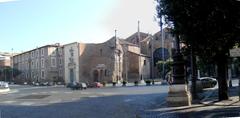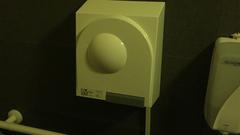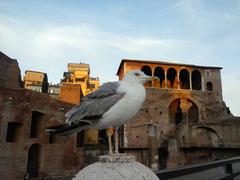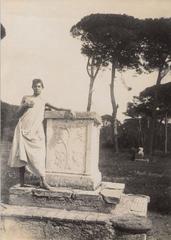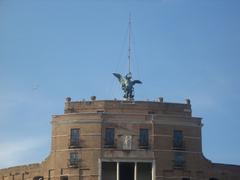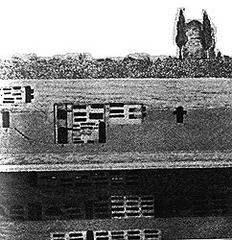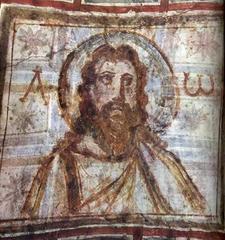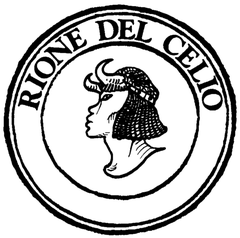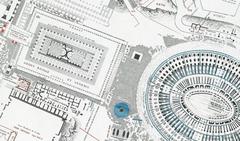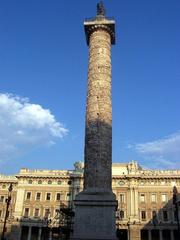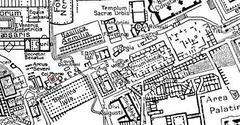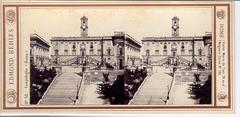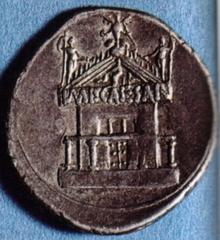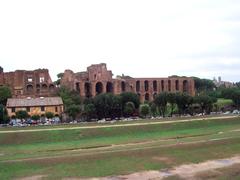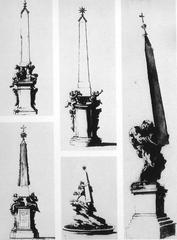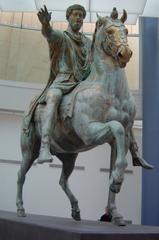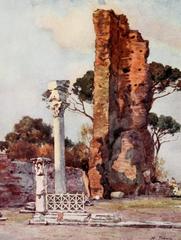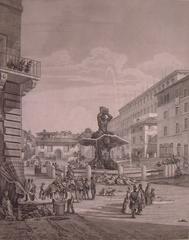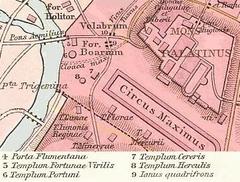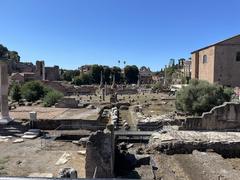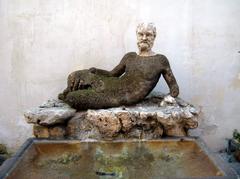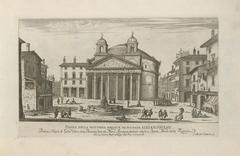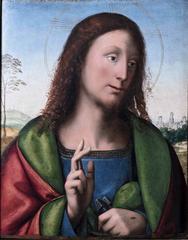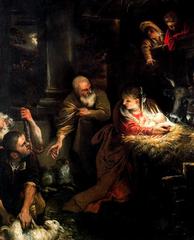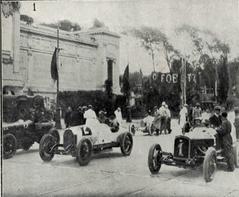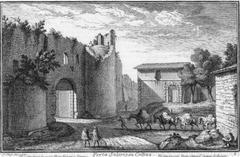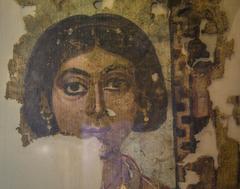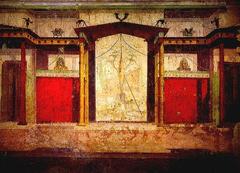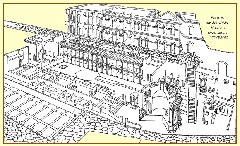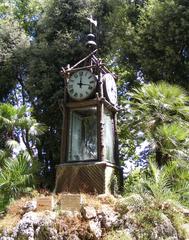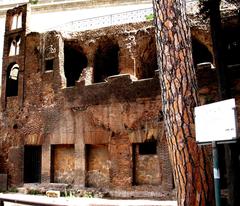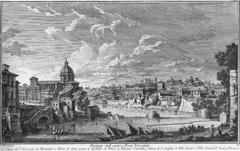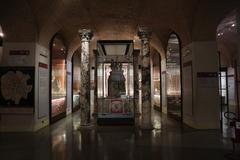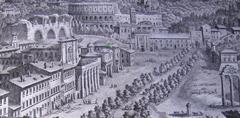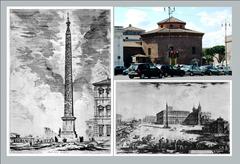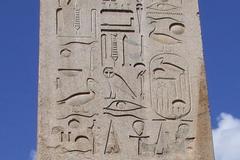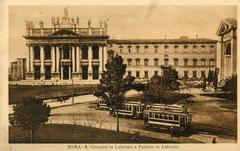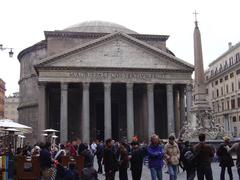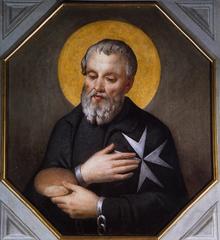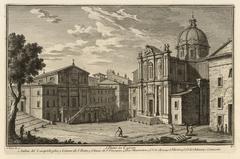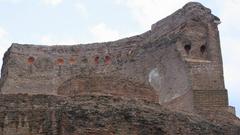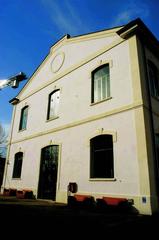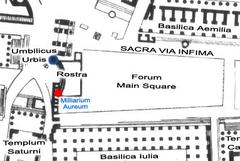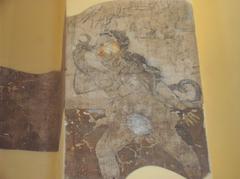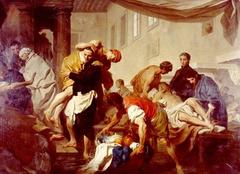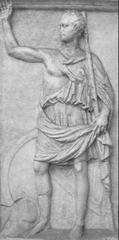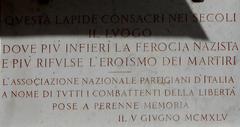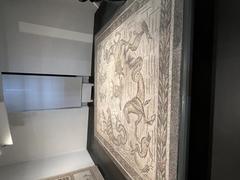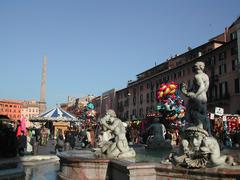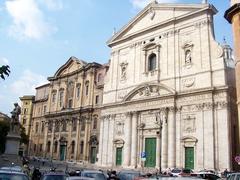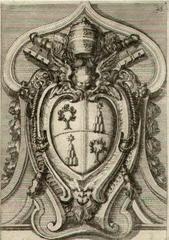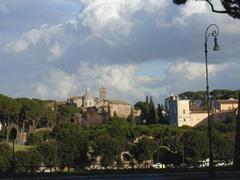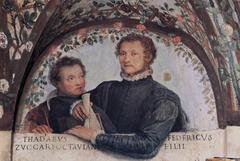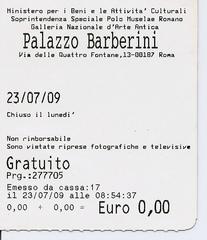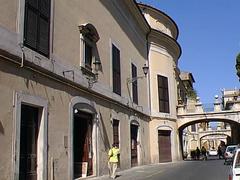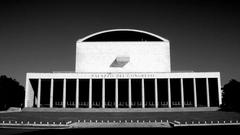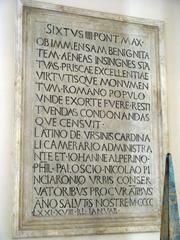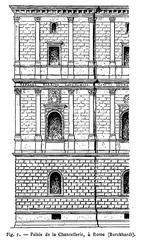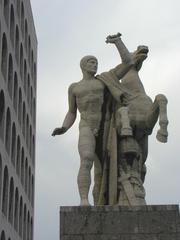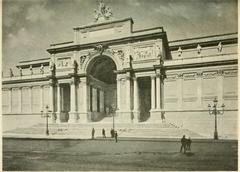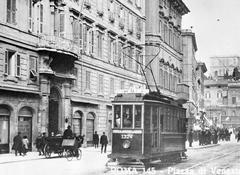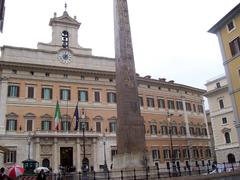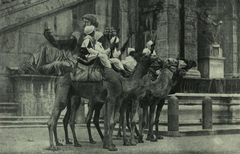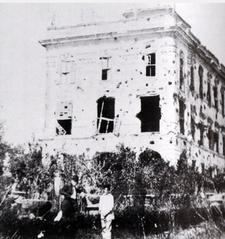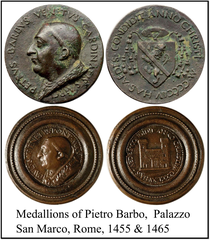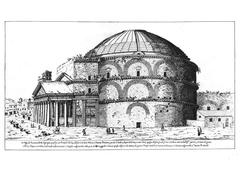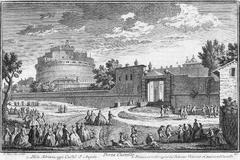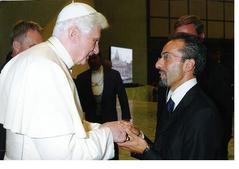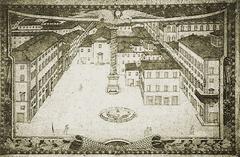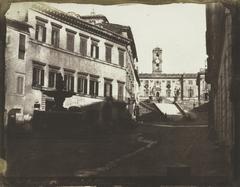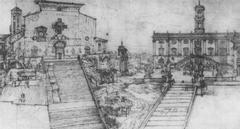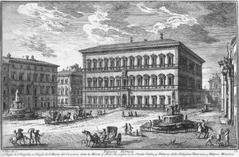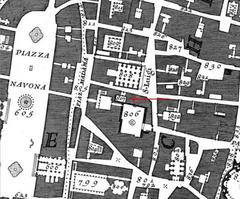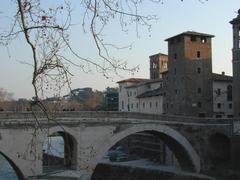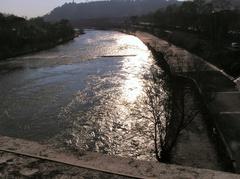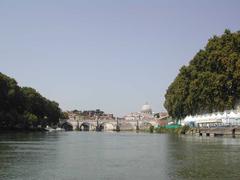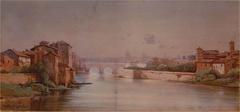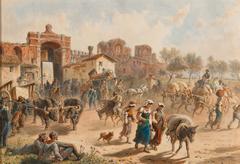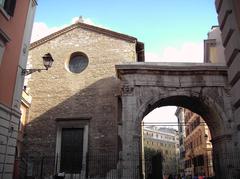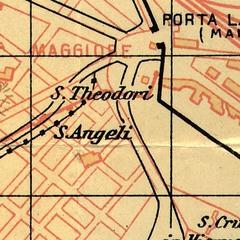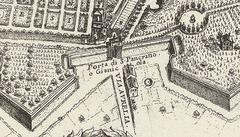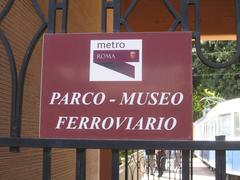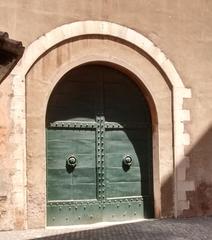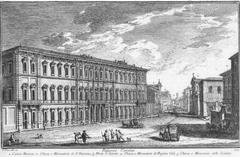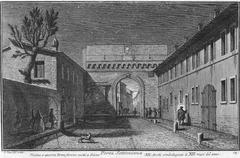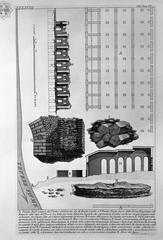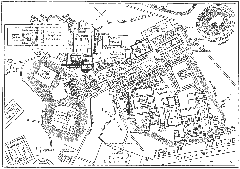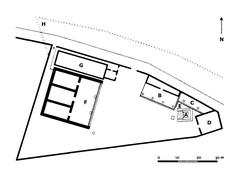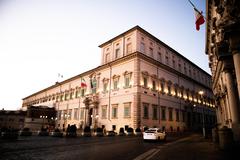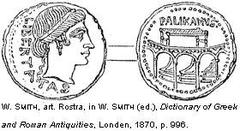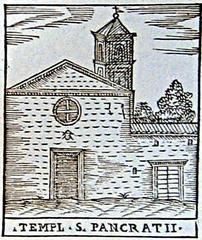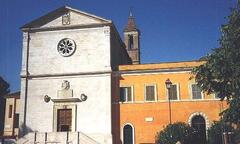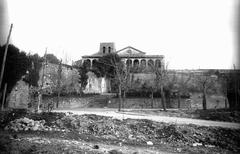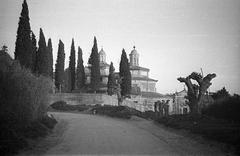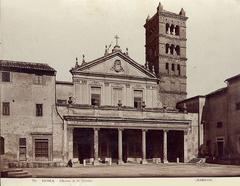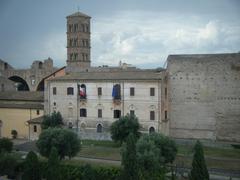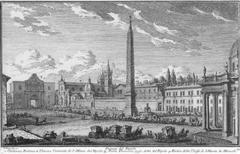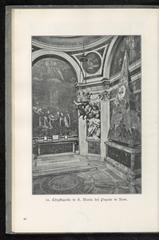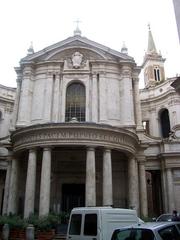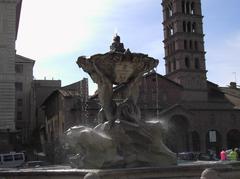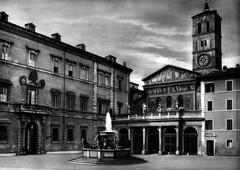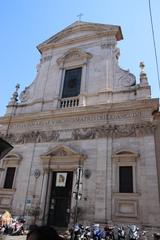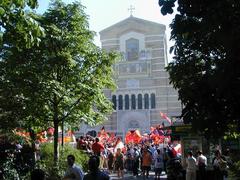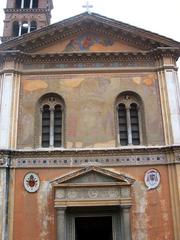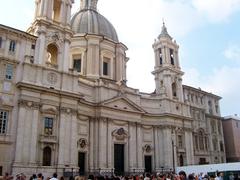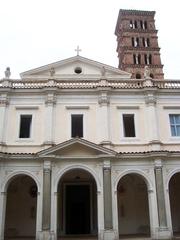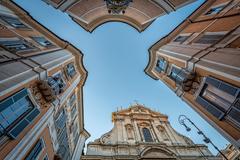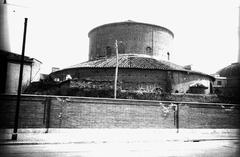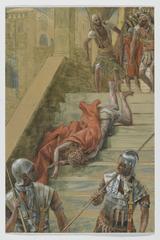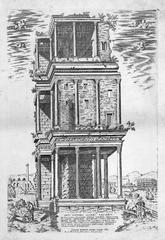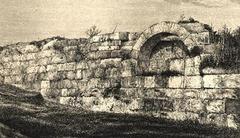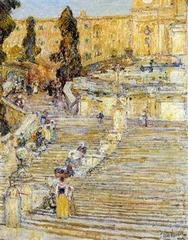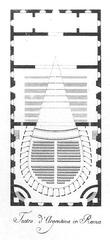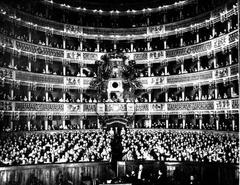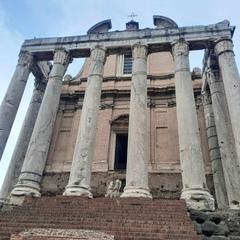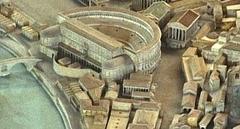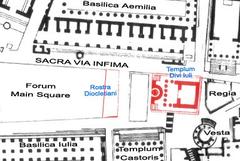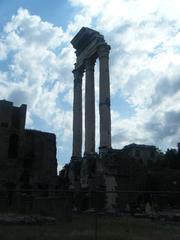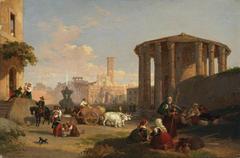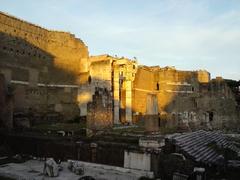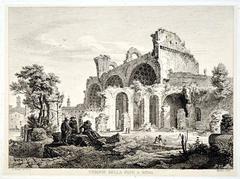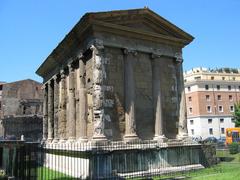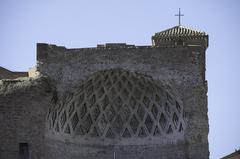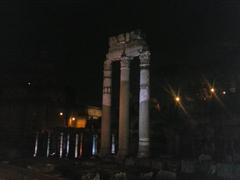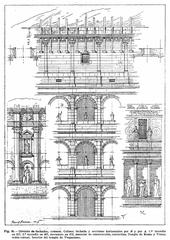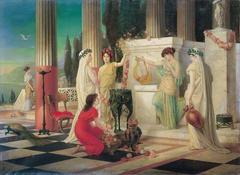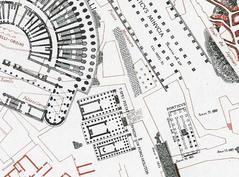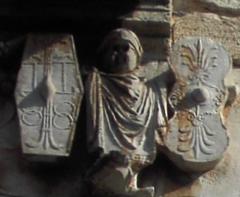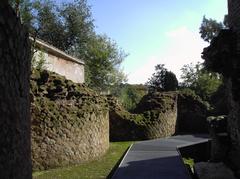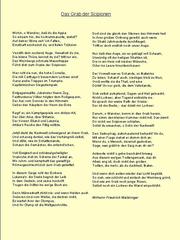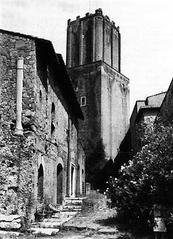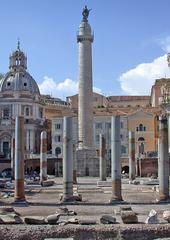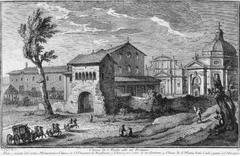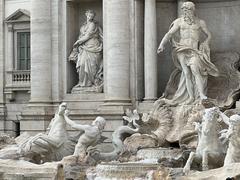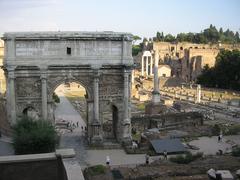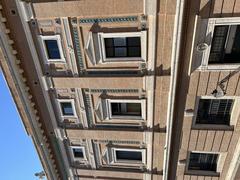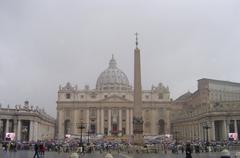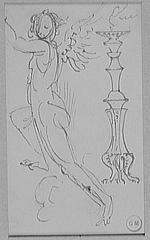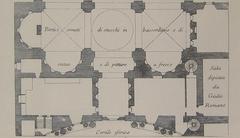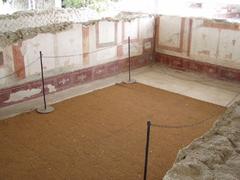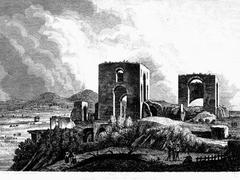
Visiting Hours and Ticket Information for Villa Medici in Rome
Date: 18/07/2024
Introduction to Villa Medici
Nestled atop the Pincian Hill in Rome, Villa Medici stands as a beacon of artistic and historical grandeur. Its storied past stretches back to antiquity, where it began as a luxurious retreat during the Roman Republic era. Over centuries, it transitioned through various phases, epitomizing the Renaissance’s opulence under the Medici family’s patronage. Today, Villa Medici is not just a historical landmark but an epicenter of cultural and intellectual exchange, housing the prestigious French Academy in Rome since 1803. Visitors can explore its meticulously designed gardens, Renaissance architecture, and an impressive collection of art and artifacts, all while enjoying panoramic views of the Eternal City. Whether you’re an art lover, history enthusiast, or casual traveler, Villa Medici offers a profound journey through time and culture, making it an essential stop on any Roman itinerary. (source)
Table of Contents
- [A Storied Past - From Roman Villa to Renaissance Jewel](#a-storied-past---from-roman-villa-to-renaissance-jewela-storied-past---from-roman-villa-to-renaissance-jewel)
- [Ancient Origins and Republican Grandeur](#ancient-origins-and-republican-grandeurancient-origins-and-republican-grandeur)
- [Transition and Transformation in the Middle Ages](#transition-and-transformation-in-the-middle-agestransition-and-transformation-in-the-middle-ages)
- [Renaissance Rebirth - The Rise of the Medici](#renaissance-rebirth---the-rise-of-the-medicirenaissance-rebirth---the-rise-of-the-medici)
- [A Treasure Trove of Art and Knowledge](#a-treasure-trove-of-art-and-knowledgea-treasure-trove-of-art-and-knowledge)
- [The French Connection - From Medici to the Académie de France](#the-french-connection---from-medici-to-the-académie-de-francethe-french-connection---from-medici-to-the-académie-de-france)
- [A Legacy of Artistic Inspiration - The French Academy and Beyond](#a-legacy-of-artistic-inspiration---the-french-academy-and-beyonda-legacy-of-artistic-inspiration---the-french-academy-and-beyond)
- [Visitor Information - Tickets, Visiting Hours, and More](#visitor-information---tickets-visiting-hours-and-morevisitor-information---tickets-visiting-hours-and-more)
- [Villa Medici Tickets](#villa-medici-ticketsvilla-medici-tickets)
- [Villa Medici Visiting Hours](#villa-medici-visiting-hoursvilla-medici-visiting-hours)
- [Travel Tips](#travel-tipstravel-tips)
- [Nearby Attractions](#nearby-attractionsnearby-attractions)
- [Accessibility](#accessibilityaccessibility)
- [Discover Villa Medici - Visiting Hours, Tickets, and Must-See Attractions in Rome](#discover-villa-medici---visiting-hours-tickets-and-must-see-attractions-in-romediscover-villa-medici---visiting-hours-tickets-and-must-see-attractions-in-rome)
- [A Renaissance Masterpiece](#a-renaissance-masterpiecea-renaissance-masterpiece)
- [The Façade](#the-façadethe-façade)
- [The Courtyard](#the-courtyardthe-courtyard)
- [Exploring the Gardens - A Journey Through Time](#exploring-the-gardens---a-journey-through-timeexploring-the-gardens---a-journey-through-time)
- [The Secret Garden](#the-secret-gardenthe-secret-garden)
- [The Water Chain](#the-water-chainthe-water-chain)
- [Panoramic Views](#panoramic-viewspanoramic-views)
- [Artistic Treasures Within](#artistic-treasures-withinartistic-treasures-within)
- [The Medici Collection](#the-medici-collectionthe-medici-collection)
- [The French Academy in Rome](#the-french-academy-in-romethe-french-academy-in-rome)
- [Visiting Villa Medici - Practical Information](#visiting-villa-medici---practical-informationvisiting-villa-medici---practical-information)
- [Location](#locationlocation)
- [Hours](#hourshours)
- [Admission](#admissionadmission)
- [Getting There](#getting-theregetting-there)
- [Website](#websitewebsite)
- [Special Events and Guided Tours](#special-events-and-guided-toursspecial-events-and-guided-tours)
- [FAQ](#faqfaq)
- [A Timeless Legacy](#a-timeless-legacya-timeless-legacy)
- [Stay Up to Date](#stay-up-to-datestay-up-to-date)
- [A Renaissance Masterpiece](#a-renaissance-masterpiecea-renaissance-masterpiece)
A Storied Past - From Roman Villa to Renaissance Jewel
The history of Villa Medici stretches back to antiquity, with its roots intertwined with the grandeur of the Roman Republic and the artistic fervor of the Renaissance. Its journey through time, marked by changing hands and evolving purposes, has shaped it into the captivating landmark it is today.
Ancient Origins and Republican Grandeur
While the exact origins of the villa remain shrouded in the mists of time, archaeological evidence points to the existence of a Roman villa on the site as early as the 1st century BC. This period, during the late Roman Republic, saw the rise of powerful families who constructed lavish villas on the slopes of the Pincian Hill, drawn by its breathtaking views and tranquil atmosphere.
The villa’s early history remains fragmented, but it is believed to have been owned by the distinguished Acilii Glabriones family. This family, known for producing consuls and tribunes, likely enjoyed the villa as a luxurious retreat from the bustling city center. Fragments of a Roman calendar, discovered during excavations, offer a tangible link to this ancient past. (source)
Transition and Transformation in the Middle Ages
As the Roman Empire declined, the villa experienced a period of transition and transformation. The once-grand estate likely fell into disrepair, its fate mirroring the broader decline of Roman infrastructure and grandeur. During the Middle Ages, the site was occupied by vineyards and orchards, its ancient origins fading into obscurity.
Renaissance Rebirth - The Rise of the Medici
The villa’s fortunes took a dramatic turn in the 16th century with the rise of the powerful Medici family in Florence. In 1564, Cardinal Ferdinando de’ Medici, an avid art collector and future Grand Duke of Tuscany, acquired the property. Recognizing the site’s potential, he embarked on an ambitious project to transform the dilapidated villa into a magnificent Renaissance palace.
Ferdinando entrusted the renovation to Annibale Lippi, a prominent architect of the time. Lippi’s design incorporated existing Roman structures while introducing elements of Renaissance architecture, creating a harmonious blend of ancient and modern. The villa’s gardens, inspired by classical ideals, were meticulously designed with terraces, fountains, and sculptures, offering a serene escape from the city’s clamor.
A Treasure Trove of Art and Knowledge
Under Ferdinando’s patronage, Villa Medici flourished as a vibrant center of art and learning. The cardinal, a discerning collector, adorned the villa with an impressive collection of ancient Roman sculptures, many unearthed during excavations on the property. These sculptures, displayed throughout the gardens and interiors, transformed the villa into a veritable open-air museum.
Beyond its artistic treasures, Villa Medici became a hub of intellectual exchange. Ferdinando, a patron of the arts and sciences, invited scholars, writers, and artists to reside and work at the villa. This fostered a stimulating environment where ideas were debated, knowledge was shared, and creativity flourished.
The French Connection - From Medici to the Académie de France
The Medici family’s reign over Villa Medici came to an end in the 18th century. In 1737, the last Medici ruler died without a male heir, and the grand duchy of Tuscany passed to the House of Lorraine. Villa Medici, along with its art collection, was inherited by Anna Maria Luisa de’ Medici, the last Medici heir.
In 1764, Villa Medici was sold to Louis XV of France. Recognizing its historical and artistic significance, Louis XV designated the villa as the new home of the Académie de France in Rome. Founded in 1666 by Louis XIV, the Académie provided promising young French artists with the opportunity to study and hone their craft in the heart of Rome, the epicenter of classical art.
A Legacy of Artistic Inspiration - The French Academy and Beyond
Since its establishment at Villa Medici, the Académie de France has played a pivotal role in shaping French art and culture. Generations of artists, architects, musicians, and writers have passed through its doors, drawing inspiration from the villa’s rich history, its surrounding cityscape, and the vibrant artistic community within.
The Académie’s presence at Villa Medici has fostered a lasting legacy of artistic exchange and collaboration. The villa continues to host exhibitions, concerts, and cultural events, showcasing the work of both established and emerging artists. Its gardens, meticulously maintained, offer a tranquil oasis for reflection and inspiration. (source)
Visitor Information - Tickets, Visiting Hours, and More
Villa Medici Tickets
Visitors can purchase tickets online or at the entrance. Prices vary depending on the type of tour and any special exhibitions. Check the official website for the most up-to-date information. (source)
Villa Medici Visiting Hours
The villa is open to the public daily, with guided tours available in several languages. Typical visiting hours are from 10 AM to 6 PM, but it’s advisable to check the official website for any changes or special event closures. (source)
Travel Tips
Villa Medici is conveniently located near other Rome historical sites, making it an excellent addition to any itinerary. Wear comfortable shoes for exploring the extensive gardens and bring a camera to capture the stunning views.
Nearby Attractions
After visiting Villa Medici, consider exploring nearby attractions such as the Spanish Steps, the Borghese Gallery, and the Trevi Fountain, all within walking distance.
Accessibility
Villa Medici is committed to providing access to all visitors. The site is wheelchair accessible, and special arrangements can be made for visitors with disabilities. Contact the villa in advance to ensure a smooth visit.
FAQ
Q: What are the Villa Medici visiting hours?
A: Villa Medici is typically open from 10 AM to 6 PM daily. However, it’s best to check the official website for the most current hours and any special event closures.
Q: How much do Villa Medici tickets cost?
A: Ticket prices vary depending on the type of tour and any special exhibitions. Visit the official website for the latest pricing information.
Q: Is Villa Medici accessible for visitors with disabilities?
A: Yes, Villa Medici is wheelchair accessible and offers special arrangements for visitors with disabilities. Contact the villa in advance for assistance.
Q: Are there guided tours available?
A: Yes, guided tours are available in several languages. These tours provide in-depth information about the villa’s history, architecture, and art collections.
Discover Villa Medici - Visiting Hours, Tickets, and Must-See Attractions in Rome
Nestled atop the Pincian Hill, Villa Medici offers more than just breathtaking views of Rome. This iconic landmark is a treasure trove of art, history, and architectural splendor, captivating visitors with its elegant design and rich cultural heritage. In this guide, we’ll explore the main attractions, architectural features, and practical information to enhance your visit to Villa Medici.
A Renaissance Masterpiece
The Villa Medici stands as a remarkable example of Renaissance architecture, reflecting the opulence and artistic sensibilities of the era. Its construction began in 1540 under the ownership of Cardinal Giovanni Ricci da Montepulciano, showcasing the period’s penchant for grandeur and classical inspiration.
The Façade
The villa’s façade, designed by Nanni di Baccio Bigio, embodies the characteristic harmony and balance of Renaissance architecture. Its two stories are clearly defined, with the lower level featuring rusticated stonework and the upper level adorned with smooth, elegant stucco. The façade is further punctuated by a series of arched windows and niches, adding a sense of rhythm and visual interest.
The Courtyard
Stepping into the villa’s inner courtyard, visitors are greeted by a serene oasis of tranquility. The courtyard, surrounded by a two-story loggia, features a central fountain and is adorned with classical sculptures and lush greenery. This space exemplifies the Renaissance ideal of integrating nature and architecture, creating a harmonious balance between the built and natural environments.
Exploring the Gardens - A Journey Through Time
The gardens of Villa Medici are a verdant escape from the bustling city, offering a tranquil retreat for contemplation and artistic inspiration. Designed in the Italian garden style, they are characterized by geometric layouts, manicured hedges, and a harmonious blend of nature and artistry.
The Secret Garden
Tucked away within the larger gardens lies the Giardino Segreto, or Secret Garden. This secluded space, once a private retreat for the Medici family, features a labyrinthine layout, hidden fountains, and an air of mystery.
The Water Chain
A unique feature of the gardens is the Water Chain, a system of interconnected fountains and water features that create a soothing and playful ambiance. The sound of cascading water adds to the tranquility of the gardens, inviting visitors to relax and enjoy the serene surroundings.
Panoramic Views
From the upper terraces of the gardens, visitors are treated to breathtaking panoramic views of Rome. The dome of St. Peter’s Basilica, the sprawling cityscape, and the verdant hills beyond create an unforgettable backdrop, capturing the essence of Rome’s timeless beauty.
Artistic Treasures Within
Beyond its architectural splendor, Villa Medici houses a remarkable collection of art and artifacts, reflecting its rich history as a cultural hub.
The Medici Collection
The villa’s collection includes paintings, sculptures, and decorative arts from the Renaissance period, showcasing the artistic patronage of the Medici family.
The French Academy in Rome
Since 1803, Villa Medici has been home to the French Academy in Rome, a prestigious institution that fosters artistic exchange between France and Italy. The villa hosts exhibitions, workshops, and residencies for artists, musicians, and scholars, ensuring its continued legacy as a vibrant center for artistic creation.
Visiting Villa Medici - Practical Information
Location
Villa Medici is located at Viale della Trinità dei Monti, 1, 00187 Roma RM, Italy.
Hours
The villa and gardens are open to the public Tuesday through Sunday, from 10:00 AM to 6:00 PM.
Admission
Admission fees apply, with discounts available for students, seniors, and groups. Guided tours are available in multiple languages.
Getting There
The villa is easily accessible by public transportation, with the nearest metro station being Spagna (Line A).
Website
For the most up-to-date information on visiting hours, admission fees, and special events, please visit the official website of Villa Medici: Villa Medici.
Special Events and Guided Tours
Villa Medici offers a variety of special events throughout the year, including art exhibitions, cultural festivals, and musical performances. Guided tours are available and provide an in-depth exploration of the villa’s history, architecture, and art collections.
FAQ
Q: What are the opening hours of Villa Medici?
A: Villa Medici is open to the public Tuesday through Sunday, from 10:00 AM to 6:00 PM.
Q: How do I buy tickets for Villa Medici?
A: Tickets can be purchased on-site or through the official website. Discounts are available for students, seniors, and groups.
Q: Are guided tours available?
A: Yes, guided tours are available in multiple languages and provide a comprehensive overview of the villa’s history, architecture, and art collections.
A Timeless Legacy
Villa Medici stands as a testament to the enduring legacy of the Renaissance, captivating visitors with its architectural grandeur, artistic treasures, and breathtaking views. A visit to this iconic landmark offers a journey through time, immersing visitors in the art, history, and culture that have shaped Rome’s unique identity.
Stay Up to Date
Follow Villa Medici on social media or download the official mobile app Audiala for the latest updates on events, exhibitions, and visitor information. Don’t miss the opportunity to explore one of Rome’s most captivating historical sites.
Conclusion and Summary
A visit to Villa Medici is an immersive experience that transcends mere sightseeing. From its ancient Roman roots to its Renaissance revival under the Medici family, and its modern role as the French Academy in Rome, the villa offers a unique blend of history, art, and culture. The meticulously maintained gardens, stunning architectural details, and extensive art collections provide a serene and inspiring environment for visitors. With its accessibility options and proximity to other iconic Roman landmarks like the Spanish Steps and Trevi Fountain, Villa Medici is both a historical gem and a convenient addition to any travel itinerary. To stay updated on visiting hours, ticket prices, and special events, visitors are encouraged to check the official Villa Medici website or download the Audiala app. This ensures an enriched and well-planned visit, allowing you to fully appreciate the villa’s enduring legacy and contemporary significance. (source)

